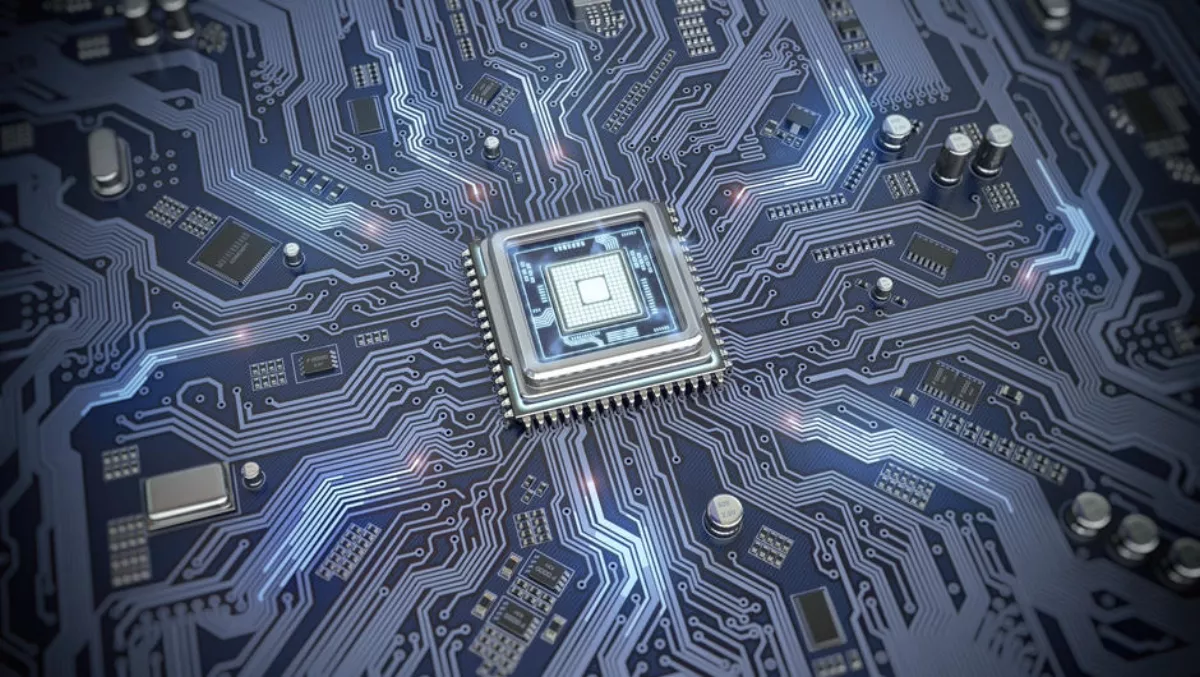
“Quantum computers, when they are realised, are going to change the way we do computing,” quantum researcher Michelle Simmons said in a recent TEDx talk.
She illustrates how computers of such immense power could strengthen encryption, revolutionising data security.
“Using… classical computers, it will take 3,000 years,” she says about a famous and burdensome encryption problem. To tackle the same problem, a quantum computer “could solve it in minutes.
She lists the myriad of other applications quantum computers could optimise, such as complex physical modelling for climate, economics, and engineering fields, advanced chemical and material simulations, machine learning, and database searching.
“As a consequence,” she concludes, “there's a massive international race to build a quantum computer.
Simmons serves as the director of the Centre for Quantum Computation and Communication Technology at the University of New South Wales.
She and her researchers are working hard to engineer single atoms as well as individual electrons on each atom in silicon, encoding information into a quantum bit, or “qubit.
These qubits, unlike traditional bits, aren't restricted to just 1s and 0s.
They can be both 0 and 1, at the same time, known as the quantum state of superposition. Her team, as well as hordes of teams across the globe, wish to manipulate this delicate state to build a quantum computer capable of solving incredibly complex problems, problems our current computers are unable to solve.
“Every time I add a quantum bit to a quantum computer, I double the computational power,” explains Simmons.
“It's predicted that having just a 30-qubit computer, [that quantum computer] will be more powerful than the world's most powerful supercomputer.
She ventures further, “If I could have 300 qubits, that would be more powerful than all the computers in the world connected together.
Currently, we are more than a bit far off from a 300-bit quantum chip.
While it is theoretically feasible, it is not, at this time, practically possible, nor is it commercially viable.
One company, a Canadian tech startup with smart funding strategies, D-Wave, is attempting to sell quantum computers for $15million.
While this is an impressive feat, to be sure, the pricing of a relatively low-qubit machine indicates there is still much work to be done. Companies Google, Intel, Microsoft, and IBM, are in a rush to innovate more quickly than the other, racing to find the better material to create quantum chips, and to arrive at functioning chipsets with the most qubits.
The race started slowly, adding single qubits at a time.
Now, IBM is eking out in front with a double-digit qubit chip.
“IBM Q has successfully built and tested two of its most powerful universal quantum computer processors to date,” says IBM Q, the company's quantum computing research initiative, “16 qubits for public use and a 17 qubit prototype commercial processor.
The 25-person team at Google has published their result of a 6-bit quantum chip, and although they are lagging behind IBM at the moment, plan to craft devices that secure “quantum supremacy.
They claim to have designs for devices with 30 to 50 qubits already in progress, according to MIT Technology Review, and predict a chip with 100 qubits to be ready within the next few years.
Academic institutions, all over the world, from Simmons' research group in Australia, to researchers at the University of Maryland, who endeavour to create large-scale quantum information networks with trapped atomic ions, instead of superconductors like IBM uses, offer stiff competition as well.
The team at University of Maryland has created the world's first 'time crystal', a mind-bending and, possibly, game-changing concept.
These crystals are arranged in time instead of space, an idea proposed some five years ago by Nobel prizewinning physicist Frank Wilczek.
“The performance is seen to mirror the connectivity of the systems,” writes the research lead at University of Maryland, “with the ion trap system out-performing the superconducting system on all results.
At present, the race to “quantum supremacy” is hard-fought.
Researchers, in public and private sectors alike, are competing to create a viable quantum computer, one that outperforms our most impressive supercomputers.
Some are submerging their superconductor systems in sub-zero temperatures, others are utilising, such as the folks at the University of Maryland, time crystals.
Simmons and her team are using the already-ubiquitous silicon to engineer their technologies.
Regardless of the methods chosen, the competition is unrelenting as computer scientists, physicists, and researchers blaze an uncertain trail, one headed toward a quantum age.
Article by business writer Ellie Martin